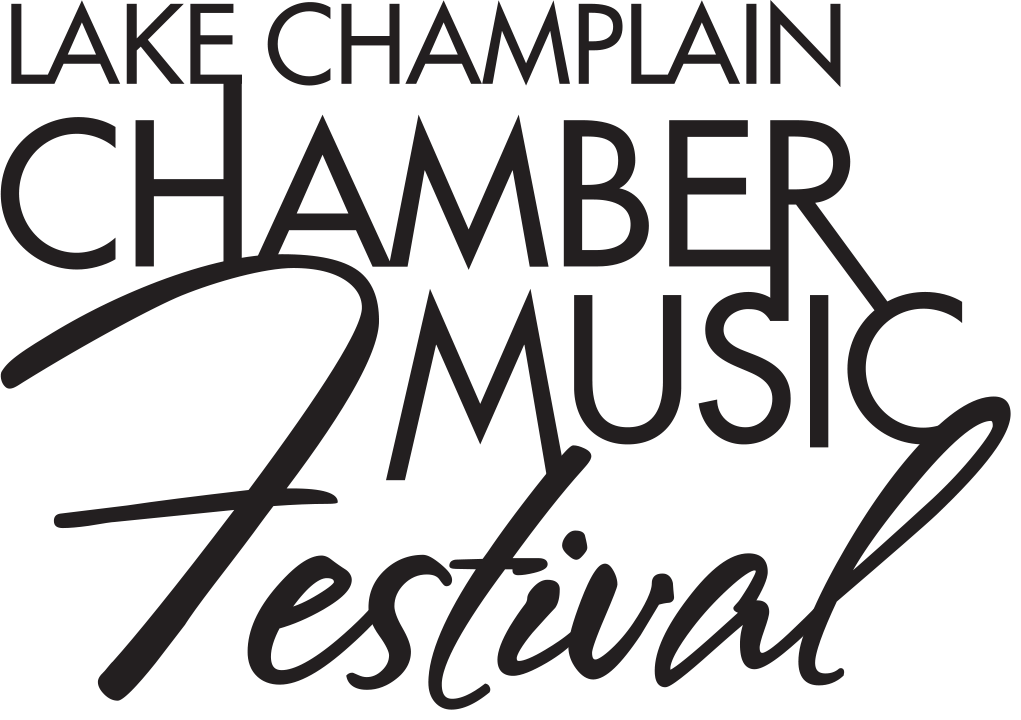The Paganini Phenomenon
by Soovin Kim
I made my first trip to Genoa, Italy, at age 20, to compete in the Paganini International Competition, an unabashed two-week celebration of his life. Seeing Paganini cast in the role of hero rather than villain on his home turf forced me to look at his music from a different angle. I began to take notice of what he created rather than focusing on my own travails while playing. Walking Genoa's narrow vicoli and imagining young Paganini running into Brahms, I began to try to look at Paganini‘s music through his eyes rather than my own. As I listened to a slew of violinists playing Paganini caprices, variations, and concertos, I began to appreciate his operatic soul: the golden tenor arias of the violin’s middle register, the roaring soprano lines of the violins E string, the dramatic recitatives. As for those famously brilliant arpeggios and double-stops canvassing the entire range of the instrument, I realized that they were the violin’s depiction of the ultimate coloratura soprano.
My growing admiration for Niccolò was sealed after the competition when I was given the chance to play his famous Guarneri del Gesù violin, Il Cannone, the instrument he bequeathed to his birth city. The violin was entombed in a vault that requires two separate keys worn around the necks of two different officials. Policemen with machine guns stood in the corner, keeping a watchful eye on me. As the door was unlocked and my heart skipped a beat, not from the sight of the guards, but upon the sight of the instrument that forever changed violin playing, I swore that I caught a whiff of Paganini from the air that blew across my face from within the vault. For the next several days, I spent a few hours drawing out and absorbing Paganini’s spirit from the depths of his rich instrument. The time I spent in Genoa fueled me with the inspiration to look at his 24 Caprices in a new light. Each is a simple (not easy) gem that is either based on a single musical idea or two ideas in contrasting sections. The two exceptions to this are #9, which is a rondo, and #24, which is a theme and variations.
The music in the Caprices covers the entire range of Paganini’s dramatic expression: fiendishly virtuosic, heroic, playful, passionately singing, and melancholic. Paganini loved to imitate other instruments and sounds, and here we find flute duets, horn trios, bagpipe drones, and ghostly whistling. He did not invent all the virtuoso techniques that he used throughout the Caprices, but no violinist before him incorporated these techniques so completely and fluently into their musical language. Paganini created the violin Bible for all future violinists and composers. Most of Paganini's compositions were written as vehicles for his own performances, but there is no evidence that he ever performed the Caprices. There is something romantic about the idea of his greatest legacy being composed simply for posterity. It is fitting that his dedication at the front of the manuscript for the Caprices is Agli artisti ('To the artists').
In partnership with our friends
at the Lane Series!
